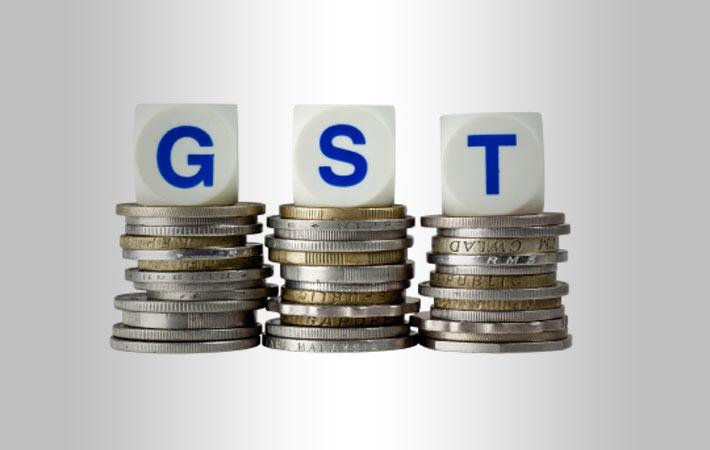Indo-American Chamber of Commerce for pruning GST slabs

World over, GST or a similar comprehensive indirect tax will have either one slab or at best two. In India, the five slab tax structure makes it complicated and difficult to comply with, IACC said in a press release. “We have to draw up a roadmap for further pruning the number of rates in a time bound manner. In the given situation, it is prudent to do away with highest slab/s and amalgamating it/them with next lower slab on account of two reasons. One, any increase in rates will lead to resistance and even protracted litigations and the two, the human ingenuity is such that a product may be given a different name, shape, texture and size to fit into a lower slab,” SK Sarkar, chairman, Finance Committee, IACC, said.
For players in the textile value chain, the GST will force them to source goods and services from the organised sector. It is because natural fibres (cotton, wool) which were exempted from tax, would be taxed under GST. Since a significant portion of the textile industry is in the unorganised sector, there will be a gap in the flow of input tax credit as it is not allowed if the registered taxpayers procure the inputs from the unorganised sector, according to the IACC.
Another important issue that has to be addressed to is the conceptual ambiguity in the GST structure. A close scrutiny of the present structure—Central GST, State GST and Inter-State GST—reveals that GST has not brought any significant improvement over the earlier VAT. Under the GST, the manufacturing states feel that their interests have been jeopardized as GST is a destination based tax. “It is important to evolve pragmatic schemes that should address the genuine concerns of manufacturing states in order to shore up their faith in the dispensation,” the release states.
Next, there will be an additional cost for small businesses in the manufacturing sector. Under the excise laws, only manufacturing business with a turnover exceeding Rs 1.50 crore had to pay excise duty. Under GST, the turnover limit has been reduced to Rs 20 lakh, increasing the tax burden for many manufacturing SMEs. For many of the SMEs, the compliance will be tough, and will come at an additional cost of installing GST compliant software and training employees on how to use it. “It is ideal that some support from the government flows to the small scale sector to motivate them switch over to the GST,” said Sarkar.
“What we have to do is to constantly monitor the activities and take ameliorative steps as and when they are noticed. Also, there should be a strong say for the small and medium enterprises at the GST Council to articulate their problems,” says Vasant Subramanyan, national vice president, IACC. (RKS)
Fibre2Fashion News Desk – India
































-Ltd..jpg?tr=w-120,h-60,c-at_max,cm-pad_resize,bg-ffffff)





.jpg?tr=w-120,h-60,c-at_max,cm-pad_resize,bg-ffffff)
.jpg?tr=w-120,h-60,c-at_max,cm-pad_resize,bg-ffffff)






